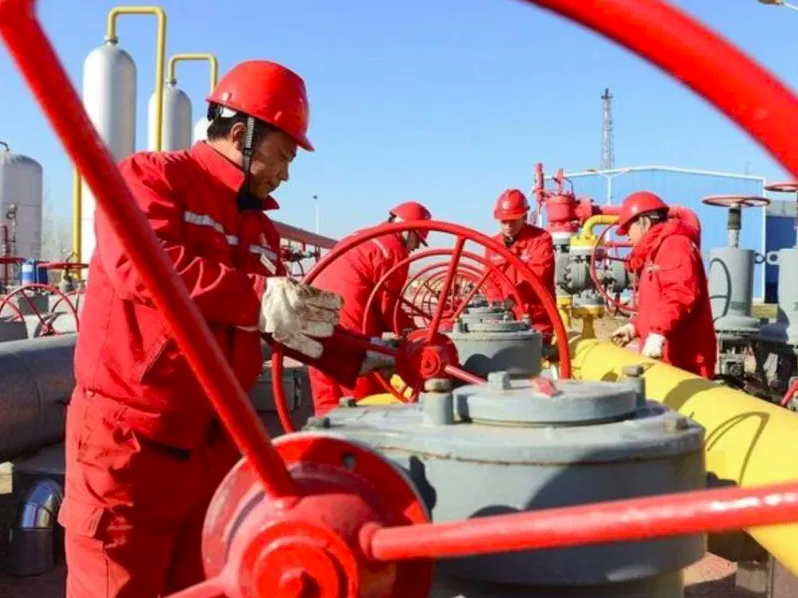(AF) The International Energy Agency (IEA) is pressing ahead with a more aggressive climate change mitigation strategy, while advocating for the total elimination of fossil fuel usage by mid-century for the world to achieve net zero emissions.
On Tuesday, the Paris-based energy adviser to the western world said in a new report along with a released statement that the mid-century timeframe is crucial if the world stands any chance of limiting warming to 1.5 degrees Celsius by that date.
Achieving its net zero goal would require an “unprecedented transformation of how energy is produced, transported and used globally,” the IEA said. IEA executive director Faith Birol said this was “perhaps the greatest challenge humankind has ever faced.”
Over 400 “milestones” will need to be achieved if the 2050 goal is to be met, according to the IEA report, including scrapping new sales of fossil fuel boilers by 2025 and ending sales of new internal combustion engine cars by 2035.
It added that from now on there should be “no investment in new fossil fuel supply projects, and no further final investment decisions for new unabated coal plants,” including “no new oil and gas fields approved for development” beyond projects that are already committed as of 2021.”
Under its scenario, solar photovoltaic and wind power would become the planet’s leading sources of electricity before the end of this decade, going on to account for almost 70% of power generation by 2050.
However, while not downplaying the ernst and much-needed warnings of one of the world’s most respected energy forecasters, some of its conclusions still have to be examined in light of the current global energy sector situation on the ground.
Called into question
First, the IEA’s call for no new investments in fossil fuel supply projects misses the mark. Not that coal isn’t the dirtiest burning hydrocarbon by far and shouldn’t be phased out as quickly as possible – it should – but the elimination of projects producing and using natural gas, the cleanest burning fossil fuel, producing around 50% less Co2 emissions when used for thermal power production is not realistic.
While much of Europe is already making massive investments in clean hydrogen (both green and blue hydrogen) infrastructure, most of the Asia-Pacific region – particularly developing South and Southeast Asian countries – are currently building a plethora of liquefied natural gas (LNG) import terminals, while the region is also seeing record numbers of LNG-to-power projects being approved, sanctioned, and built. As such, more gas production will be needed to fuel these projects.
The strategy behind the Asian gas pivot, including in China, is straightforward – to reduce decades’ long over-reliance on coal for power generation and try to decrease over-weighted greenhouse gas (GHG) emissions. China is the largest global GHG emitter by far, followed by the US and India.
Moreover, China, for its part, mandated that gas make up as much as 10% of its vast energy mix by 2020, 15% by 2030, with more earmarks following. The country’s marked increase in LNG and natural gas infrastructure to help replace coal has already helped lower air pollution levels in a number of the country’s major urban centres and provinces.
India is also pivoting to gas to help reduce coal reliance from 6.2% of its energy mix in 2020 to 15% by the end of the decade. Moreover, the Modi government last year called for India to develop a gas-based economy. To date, coal makes up as much as 70% of India’s energy mix.
Similar developments are underway in the Philippines, Vietnam, and Thailand, while in South Asia, Bangladesh, Pakistan, and Sri Lanka are also in the midst of more LNG infrastructure build-out.
For the region to end all fossil fuel projects, including gas, simply isn’t realistic or even economically feasible. Calling for gas to be a bridge fuel to more renewables has been and remains to be a more realistic call to action.
What about clean hydrogen?
In Europe, many are also calling out LNG as a major carbon emissions violator, pointing to the use of fossil fuels and as such emissions in its production and value chain, including transportation.
However, oil and gas majors are beating them to the punch in many cases by investing in carbon, capture, storage (CCS) technology for emissions, as well as trading carbon credits – although it is, admittedly, often a controversial way to offset emissions.
Much of Europe, and now in the US since the election of President Joe Biden, are also advocating a ‘green hydrogen’ build-out as the way forward, but again cost and timeframe considerations have to be examined more closely.
To date, green hydrogen-fossil fuel cost parity still doesn’t exist, and just when that parity will be reached is anybody’s call, depending on whose modeling and forecasting you use, from as early as next year to as far as the end of the decade. It also depends on a number of factors, including geographical location, and both energy sector and governmental incentives.
























